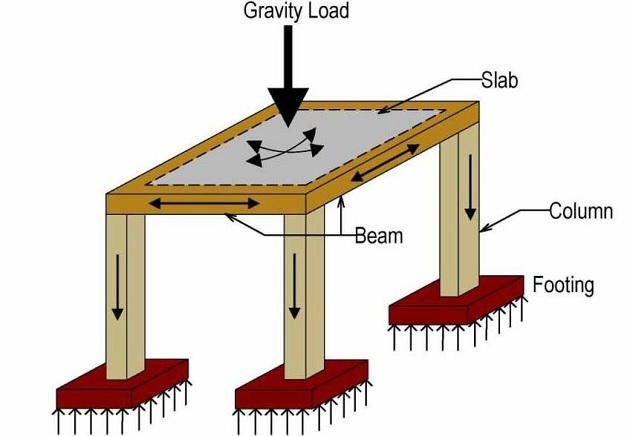Types of bridges
A bridge is a structure built to span a physical obstacle, such as a river, road, valley, or railway, to provide a path or roadway for people, vehicles, or trains to cross. Bridges are essential components of transportation infrastructure and play a crucial role in connecting two points that would otherwise be separated by a natural barrier. They come in various designs and types, each suited for specific purposes and environmental conditions, and are engineered to provide safe passage over obstacles while supporting their own weight and the loads they are expected to carry. Bridges can be simple, like small footbridges, or complex, like massive suspension bridges, and they serve both practical and aesthetic functions in the built environment.
Bridges come in various types, each designed to address specific needs and environmental conditions. The following are some of the most common types of bridges:
-
Beam Bridge: Beam bridges, also known as a simple or girder bridge, are the most basic bridge type. They consist of horizontal beams supported by piers at each end. Beam bridges are suitable for short spans.
-
Truss Bridge: Truss bridges use a framework of interconnected triangles to distribute loads effectively. They are known for their strength and are commonly used for medium to long spans.
-
Arch Bridge: Arch bridges have a curved shape that distributes the load along the curve to the supports, which are typically abutments or piers. Arch bridges are known for their aesthetic appeal and strength.
-
Cantilever Bridge: Cantilever bridges have two arms that project out from supporting piers and meet in the middle. They are often used for long spans, such as in the construction of large bridges and skywalks.
-
Suspension Bridge: Suspension bridges have main cables suspended from tall towers, and the bridge deck hangs from these cables. They are commonly used for long spans, offering great flexibility and aesthetics.
-
Cable-Stayed Bridge: Cable-stayed bridges also have tall towers, but they support the bridge deck with cables radiating directly from the towers. They are used for various span lengths, often for medium to long spans.
-
Tied Arch Bridge: Tied arch bridges combine arch and cable-stayed bridge elements. They have an arch structure, and diagonal cables are used to support the bridge deck. They are often used for aesthetic reasons.
-
Drawbridge: Drawbridges are designed to be lifted or swung horizontally to allow boats to pass underneath. They are common in locations with navigable waterways.
-
Floating Bridge: Floating bridges are constructed on the surface of bodies of water, using floating pontoons or other buoyant materials to support the weight of the bridge.
-
Covered Bridge: Covered bridges are enclosed with roofs and siding, primarily for protection against the elements. They are often found in rural areas and are known for their historic charm.
-
Movable Bridge: Movable bridges are designed to allow for the passage of vessels or vehicles by changing their position. They include various types like bascule, vertical lift, and swing bridges.
-
Viaduct: A viaduct is a long bridge composed of multiple spans, often used to traverse valleys, highways, or urban areas. They can take on various forms, including arches, beams, or a combination of both.
Each type of bridge serves different purposes and has its own design considerations. The choice of bridge type depends on factors such as span length, location, available materials, and engineering requirements.


